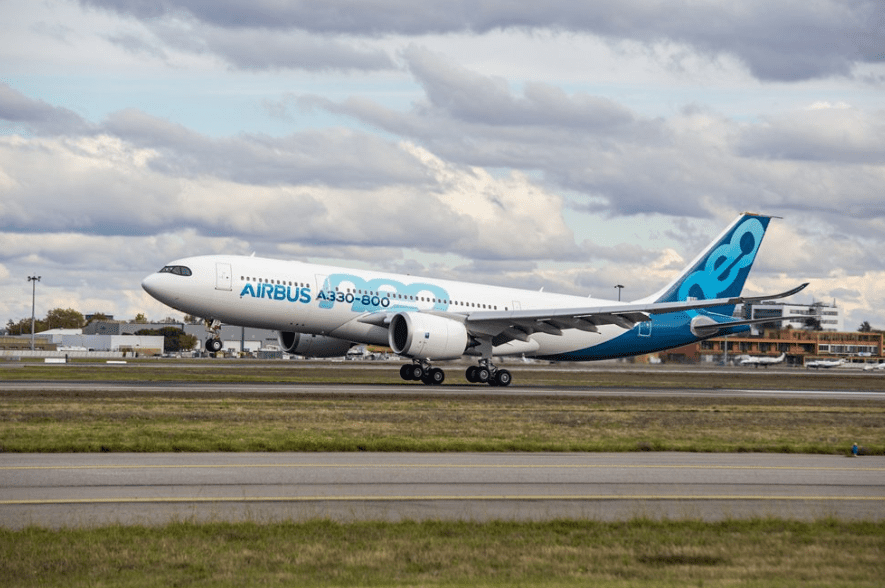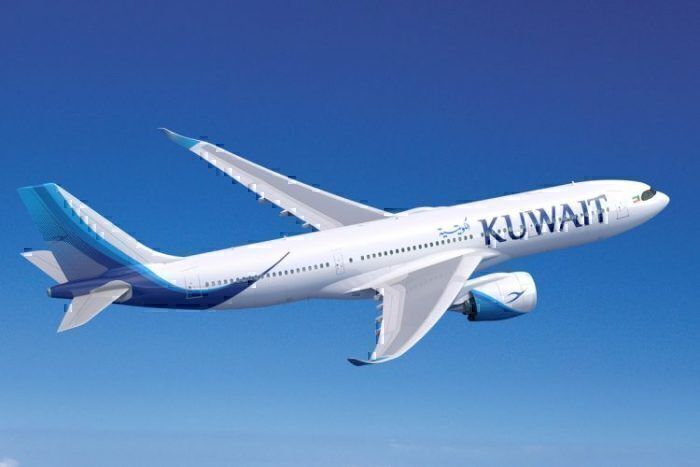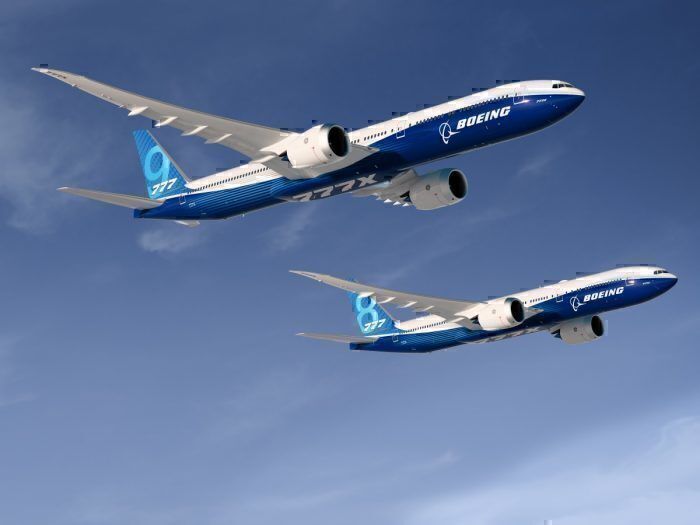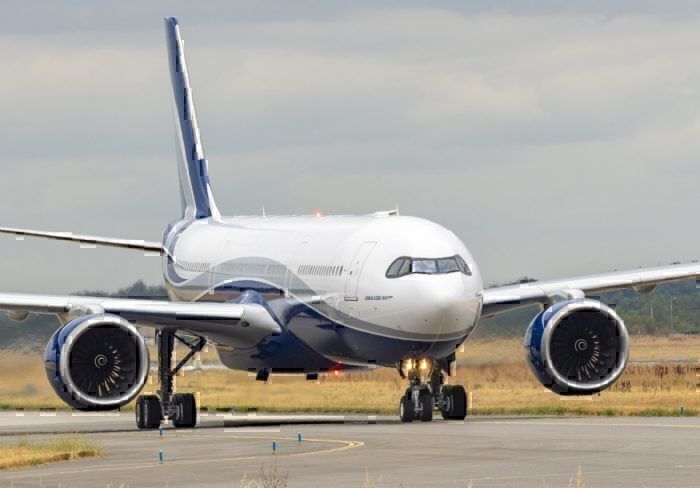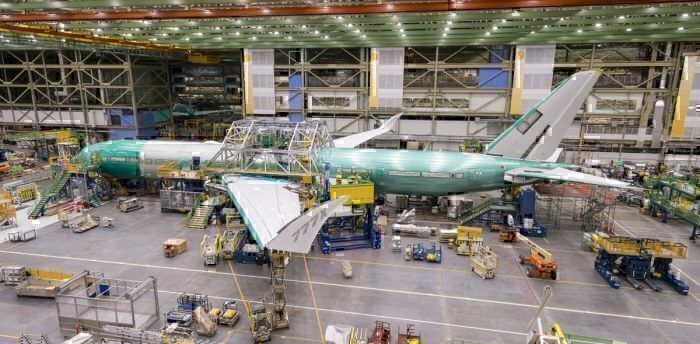There’s something fishy going on in the widebody market. Both Boeing and Airbus are working on new product lines – Airbus the A330neo and Boeing the soon to be certified 777X. While the ‘normal’ versions of both lines are selling well, their baby brothers, the 777-8 and the A330-800neo, are not. What’s going on?
The A330-800
Airbus took the bold step of revamping its popular widebody A330 series back in 2014. The ‘neo’ range was announced, and immediately snapped up 120 orders, 110 for the larger -900 variant and 10 for the smaller -800.
Over the next three years, before the first A330neo took flight, the -900 went on to secure more orders each year, 52 in 2015 and 42 in 2016. The -800 received a grand total of zero, and in 2017 actually lost four orders.
Fast forward to today and the -900 has racked up a solid 289 orders, with 37 aircraft delivered and in service. By all accounts, it’s a great aircraft, but the smaller variant is still struggling. To date, just 14 orders have been made, eight from Kuwait Airways, two from Uganda Airlines and four from an unnamed buyer earlier this month. We have since learned that one of the four -800s from "unnamed buyers" was for Air Greenland. The airline will use the aircraft between Copenhagen and Greenland's aviation hub at Kangerlussuaq.
The certification of the -800 has now been pushed back to ‘early 2020’; clearly there’s no rush to get this type ready for market.
The 777-8
Boeing proposed the 777-8 with a particular goal in mind. At its announcement, it was dubbed in some circles ‘Tim Clark’s plane’. The Emirates president was looking specifically for an aircraft that would fly from Dubai to Los Angeles with a full payload. Boeing, it seems, was willing to oblige.
However, things have not been going well for the 777-8. Emirates placed an order in 2014 for 35 of the type, along with 115 of the bigger 777-9. Qatar ordered 10. And that, as they say, is that. Not only are no other orders forthcoming, but both Qatar and Emirates have intimated that they might swap these orders for other aircraft.
Earlier in the year, Boeing indicated that the timeline for developing the 777-8 fully would depend, to some degree, on securing the Qantas Project Sunrise order. However, Qantas picked the Airbus, potentially sealing the fate of the 777-8.
Why doesn’t anyone want them?
Both the Boeing and the Airbus are well thought out aircraft, designed to provide services on very particular missions. However, perhaps they’re a little too specific to ever have mass appeal.
The A330-800neo is a great aircraft on paper, but in real-world situations it’s outpaced by its bigger brother. Despite offering around 1,000nmi more range than the -900, the -800 is a very niche aircraft in that it’s suitability beyond ultra long haul routes really doesn’t add up. The all-in operating costs only work out to some $500 per flight hour less than the -900, and when you factor in the 40 fewer seats, the -900 is the more logical choice.
For very specific missions, the -800 makes sense, but outside of that incredibly niche market, operators will have done the math and figured out that the -900 is the better option. Airbus may argue that the -800 is a direct replacement for the A330-200, but with many of these jets still far from retirement age, there’s just no market.
Although they are very different aircraft, the 777-8 has a similar issue to the A330-800. Its fundamental reason for being is to serve very long, slightly thinner routes than the -9. Its longer range of 8,690 nmi (upgradable to 9,460) makes it a contender for the longest routes in the world. However, its range is not much more than the A350-1000, and with EIS expected in perhaps 2023, maybe later, Boeing is on the back foot against the Airbus plane.
As with the A330-800neo, the 777-8 is a very niche aircraft, suited to a very particular mission. Ascend by Cirium senior consultant Richard Evans told Flight Global about the niche market that exists for the 777-8. He said,
“The 777-8 arose from the specific need for an aircraft that could carry full payload on routes from the Gulf hubs to the US West Coast. Whilst an important market, it is a relatively small niche.
“If the airlines concerned see the payload offered by the 777-9 or Airbus A350-1000 as acceptable on these routes, it is certainly possible the 777-8 may be permanently canceled.”
Right now, we’re still waiting on the 777-9 to take its first flight. With the 777-8 clearly some years behind this and Qantas not interested, the type desperately needs more orders if it’s going to get built. The A330-800 is in the same boat. We’ll have to wait and see whether any market really exists for either of these two widebodies.
However, it’s not all bad news. After all, the A350-800 was abandoned as a project, but the overall A350 market has gone on to achieve great things. Hopefully, Boeing and Airbus will make a good business decision and focus on the planes the airlines really want.

